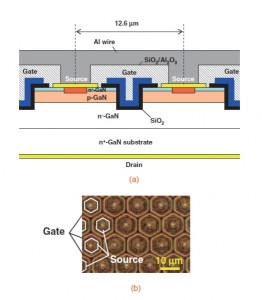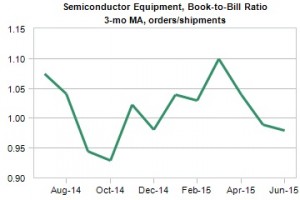
IM launches robust DRAMs
Intelligent Memory (IM) has launched very robust DRAMs which withstand the highest operating temperatures and stress.
This is the first DRAM from anywhere to operate at 125°C and achieve grade 1 AEC-Q100 qualification, a company spokesman told Electronics Weekly
In applications such as automotive, avionic, aerospace and military applications, electronic components are often under extreme stress by rough environments such as hot temperatures or radiation. DRAM-memory ICs store data by holding an electric charge in little capacitors (the memory cells). High temperatures cause the leakage of the capacitors to increase rapidly, leading to transient single bit errors, also called soft-errors.
In addition, the DRAM cells tend to degradate quickly under stress, which further reduces the data-retention time of the cells, making it difficult to guarantee a soft-error-free long-term operation. Most manufacturers of automotive DRAM require a doubled or quadrupled refresh-rate to work against these physical limitations of DRAM cells.
Besides the fact that higher refresh-rates consume more power and generate more heat-dissipation, this method still covers a high risk due to the unknown degradation that may lead to random soft-errors only after weeks or months of use of the DRAM product.
Based on their ECC DRAM technology, Intelligent Memory now offers new DRAMs that can operate stable even at 125°C without the requirement to increase the refresh-rate. With their integrated Error Correction Code, I’M ECC DRAMs correct single-bit-errors caused by any kind of root-cause, such as heat, radiation or degradation. Also most bit-pattern-dependant bit-flips and even permanent single-bit hard-errors get covered by the on-chip ECC logic.
“IM is aiming to set new a standard for DRAM reliability for the safety-critical industry,” says IM’s Joseph Chan, “our eXtra Robustness ECC DRAMs (XR DRAM) have already proven their radiation-hardness. Now we want to show the automotive and avionic market that IM has the perfect solution for the increased demands of high operating temperature and reliability without any performance-loss. Our products are made for the markets that require long-term availability without revision shrinks.”
The new products with a temperature range of -40 to 125°C named “extreme Temperature” or “X-Grade” ECC DRAM are sampling now in DDR3 technology having a capacity of 1 Gigabit (part# IME1G16D3EEBG-15EX), with DDR2 and DDR1 products to follow later. AEC-Q100 Automotive Grade 1 qualified DDR3 parts are planned to be sampling by November 2015.
david manners






